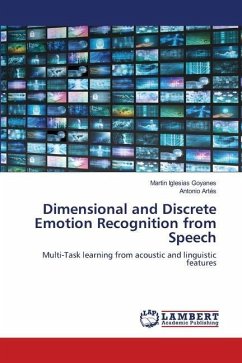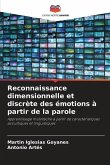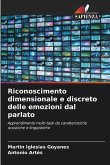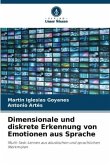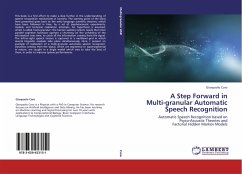The majority of research in speech emotion recognition focuses on the classification of discrete emotions either from acoustic features or text features. This thesis demonstrates that the dimensional representation of emotions is also very valuable and it shows its advantages over categorical emotions. The thesis proposes two different systems which both use bimodal features (text and acoustics) in order to recognize discrete and dimensional emotions. A sequential system that first performs dimensional regression and then classification and a parallel system that performs classification and regression at the same time.The thesis develops a multi-task regression model that serves as the core for both systems. Using the Concordance Correlation Coefficient (CCC) for evaluation it is discovered that the thesis developed architecture for dimensional regression outperforms across all dimensions (valence, arousal, dominance) the regression model introduced in previous research at the Cambridge institution. In addition, the thesis proves that the sequential system outperforms the parallel system in the recognition of both discrete (classification accuracy) and dimensional emotions (CCC).

